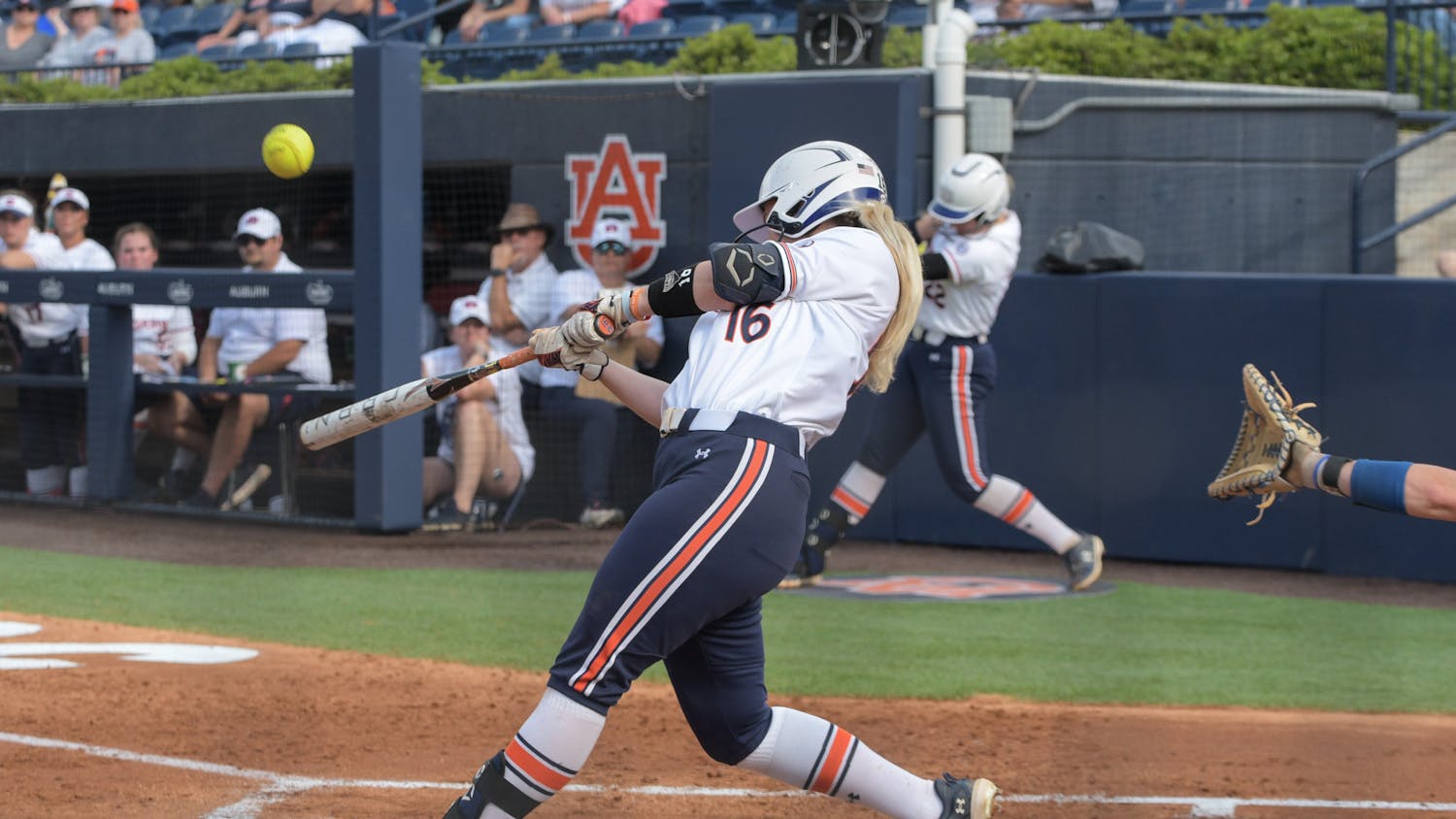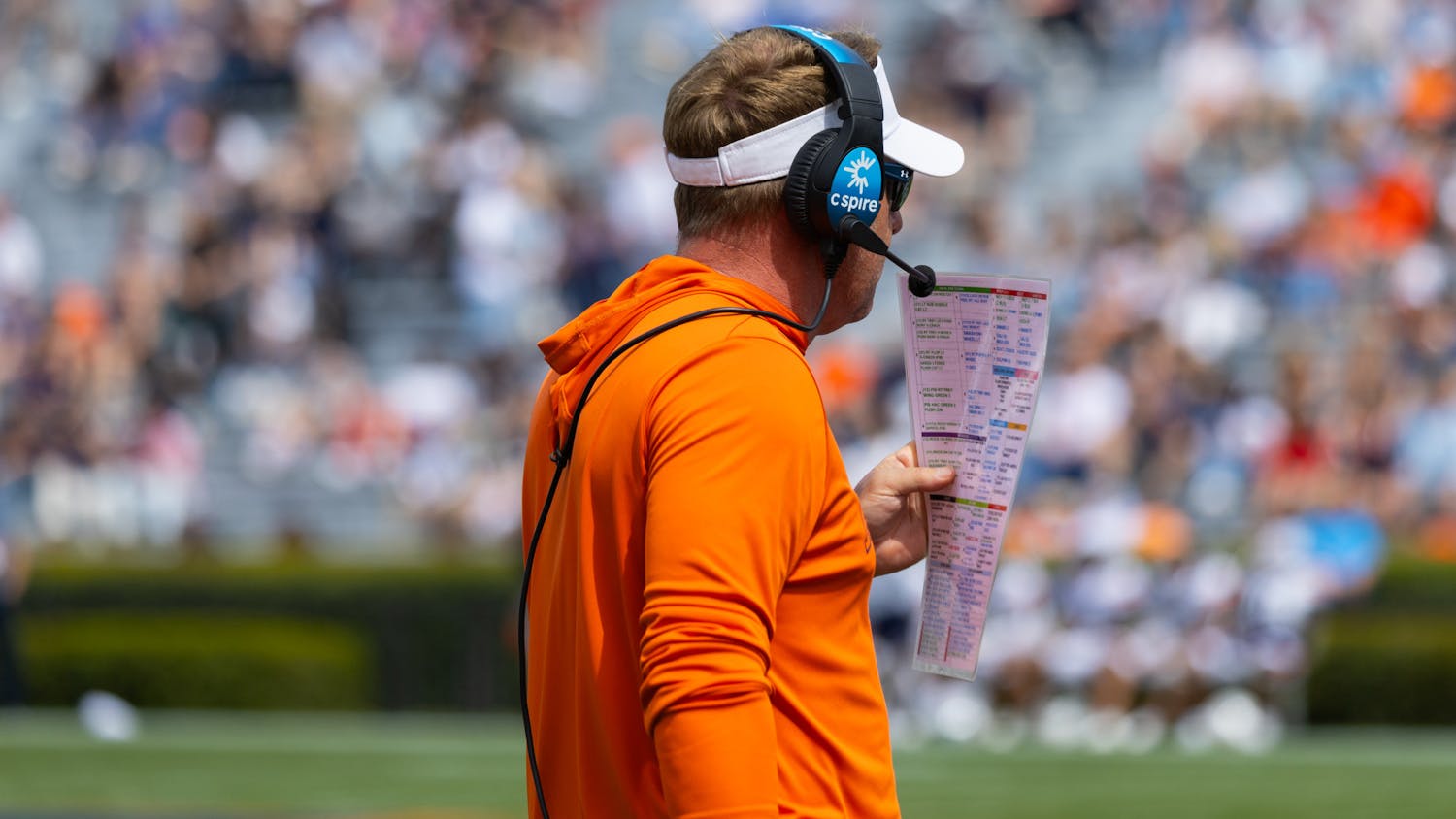It's that time of the year again.
For college basketball fans across the country, the madness is upon us. Even if you're not a fan of one of the 68 teams that punched their ticket the Big Dance on Selection Sunday, there's a good chance you and some friends or coworkers are filling out your brackets at this very moment before the tournament begins on Thursday.
Even if you've watched and studied the college basketball world for the past couple of months, I'm sorry to tell you, your analysis might not be enough.
With the chances of filling out a bracket are approximately 1 in 9.2 quintillion (yes, really) according to USA Today, you can pretty much throw those hopes and dreams out the window.
However, you don't have to fill out a perfect bracket to win your office bracket pool, and you shouldn't expect to, you just need to be more accurate with your picks than everyone else. While every year is different and the results of the tournament can be completely volatile (hence the "madness") there are some tips and strategies that can give you that extra edge when filling out your bracket
1. Don't overthink the one and two seeds
For anyone with a little experience with filling out brackets, this may seem a little obvious, but the one and two seeded teams are there for a reason: they're really good.
While it may be tempting to pick the David vs. Goliath upset for whatever reason, just keep in mind: A 16 seed team has never upset a one seed team since the tournament expanded to 64 teams in 1985.
While it is definitely more possible, don't put your money on a 15 seed toppling a two seed. Only eight times since the tournaments expansion has this happened so while it's not out of the question, these upsets are not likely.
However, for whatever reason, these upsets are happening more and more frequently in recent years. Four of those eight aforementioned upsets have happened in the last six years, with the most recent being a scrappy 15 seeded Middle Tennessee squad toppling powerhouse Michigan State team in 2016.
2. Beware the 5 vs. 12 match-ups
While it can be scary to pull the trigger on some first round upsets, there is one matchup that is a pretty safe bet: the 5 vs. 12. This years 5 seeds, Kentucky, Ohio State, West Virginia and Clemson should stay on their toes, and for good reason.
Only four times since 1985 has a 12 seed failed to upset a 5 seed (1988, 2000, 2007 and 2015) and 12 seeds have won an impressive 11 of the last 24 games over their 5 seed opponents (45.8 percent).
For this reason, it's smart to pick at least one of these upsets, maybe two when filling out your bracket. While it's up to you whether you think that 12 seed will get past the second round, it's a pretty solid bet to have one or more of the four 12 seeds winning their first game.
3. Location, Location, Location
While it's easy to overlook a certain upset or flip a coin on a 8 vs. 9 toss up game, there's one variable that many people glance over: where the game is being played.
Home court advantage in college basketball is very real, (Auburn's 15-1 record at home proves that) and while these games wont be actual home games for the 68 tournament teams, a certain level of home court advantage can come into play.
Pay attention to where the game is being played, while some fan bases definitely travel better than others, the less a fanbase has to travel to support their team, the more likely that team is to benefit from home court advantage.
On the other hand, if a team has to travel across the country for a game, it's without a doubt harder to expect fans to show up and in turn, give their team a distinct advantage. As teams are eliminated and games become less and less easy to predict, keep this in mind.
4. Pay attention to the play-in games
Since the tournament expanded from 64 to 68 teams in 2011, the play-in teams, or the "first four" as they are often called, have done surprisingly well.
Usually reserved for teams on "the bubble" of making the tournament, the eight teams have to face off against each other in order to advance to the actual first round of the tournament.
Excluding the four 16 seed play in teams, this years first four includes 11 seeds St. Bonaventure, UCLA, Arizona State and Syracuse.
Many are quick to overlook a couple of 11 seed teams that the selection committee deemed unworthy of an automatic bid, but that's their loss. Every single year since the "first four" format was adopted in 2011, a play in team has gone on to win their first round matchup and reach the second round.
Maybe it's the chip on their shoulders or maybe it's a case of the selection committee overlooking solid teams, but many of these teams tend to overachieve. Most notably, La Salle and Tennessee made the Sweet Sixteen in 2013 and 2014, respectively, and 2011's biggest Cinderella team, VCU, made the Final Four.
5. Momentum matters
While it's important to look at a team's complete body of work from the entire season, just as important is a team's momentum heading into the season.
Teams like Auburn and Oklahoma were at one point in the season considered two of the best teams of the country, and while both of these teams have shown they are capable of making a run in the tournament, they peaked earlier in the season and as a result, have struggled in recent games.
Oklahoma in particular, boasts one of the most electric players in the country with guard Trae Young. However, the Sooners have gone 3-9 in their last 12 games and just barely scraped by to get an invite to the tournament.
Alternatively, a team like Michigan, who finished the regular season fourth in the Big Ten, ran the table in the Big Ten tournament with wins over 2nd-ranked Michigan State and 8th-ranked Purdue.
The Wolverines are on a nine-game winning streak and have ridden that streak to a 3 seed in the NCAA tournament and are a popular pick to reach the later rounds of the tournament due to the momentum that they entered the tournament with.
Do you like this story? The Plainsman doesn't accept money from tuition or student fees, and we don't charge a subscription fee. But you can donate to support The Plainsman.



